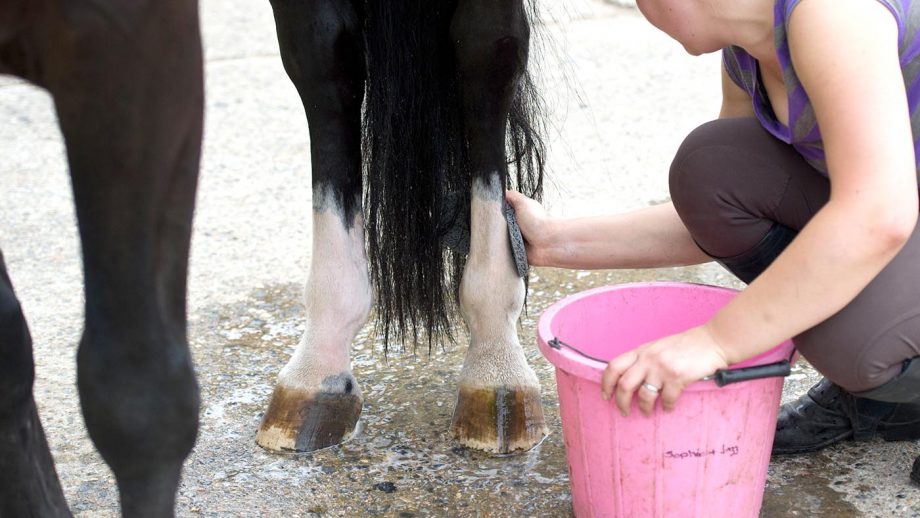For those newly embarking on the journey of horse riding, understanding the specific equipment required can seem daunting. Among the different styles of horseback riding, dressage stands out due to its elegance and precision. A vital component of this discipline is the dressage saddle. To fully appreciate its role, one must first ask, what is a dressage saddle?
A dressage saddle is specifically designed to aid the rider in achieving the proper posture and balance necessary for the art of dressage. It provides a close contact feel, allowing the rider to communicate more effectively with their horse. Understanding the unique design and features of the dressage saddle enhances performance and ensures a comfortable ride for both horse and rider.

The History of Dressage Saddles
To understand what is a dressage saddle in comprehensive terms, one would need to delve into history. Dressage has its origins in ancient military training and was further developed into an art form over the centuries. Similarly, the dressage saddle evolved to meet the demands of this refined riding style.
Evolution over Time
The design of dressage saddles has evolved from simple wooden frames to advanced ergonomically crafted equipment. This transformation was spurred by both aesthetic demands and functionality improvements.
What Makes Dressage Saddles Unique
Unlike general-purpose saddles, a dressage saddle is distinguished by a few specific characteristics that make it uniquely suited for dressage:
Deep Seat Design
The deep seat in a dressage saddle helps maintain balance and stability, providing the rider with more control during intricate dressage movements. This feature helps riders sit in the correct position to command their horse subtly and effectively.
Straight Flaps
Dressage saddles have long, straight flaps that accommodate the rider’s lengthened leg position necessary for dressage. This allows for a closer feel and finer control over the horse’s movement.
Materials and Craftsmanship
Modern dressage saddles are crafted from high-quality materials such as leather and synthetic materials. Skilled craftsmanship ensures durability and an elegant appearance.
Leather vs. Synthetic
Leather is prized for its traditional look and feel, while synthetic materials offer lightweight and easy maintenance options. Choosing between them depends on personal preference, comfort, and budget considerations.
Optimizing Horse Comfort with Fit
Proper fit is crucial not only for the riders comfort but also for the horses well-being. A poorly fitting dressage saddle can lead to discomfort or health issues for the horse.
Choosing the Right Dressage Saddle
Finding the perfect dressage saddle involves considering factors such as tree size, seat depth, and the riders experience level. Seek guidance from a professional if needed.
Custom vs. Off-the-Shelf
Custom saddles offer a tailored fit for both horse and rider, at a premium price. Off-the-shelf options, on the other hand, are budget-friendly and readily available, catering to varied requirements seamlessly.
Proper Maintenance and Care
To ensure longevity and performance, the dressage saddle requires regular maintenance. Cleaning and checking for any damage will keep the saddle in top condition.
Regular Cleaning
Routine cleaning and conditioning of leather saddles are necessary to prevent wear and tear, while synthetic saddles demand less intensive care.
Fitting a Dressage Saddle
Ensuring the proper fit of a dressage saddle involves specific checks to ensure it does not pinch or cause pressure points on the horse, allowing full range of motion without hindrance.
Professional Assistance
Employing a professional saddle fitter can assist in achieving the perfect fit, enhancing both the horses performance and riders comfort.

FAQs
Why is a dressage saddle different from other saddles?
A dressage saddle is specifically designed for dressage, with a deeper seat and longer flaps for correct posture and closer horse-rider contact.
Can beginners use a dressage saddle?
Yes, but beginners might want to also explore general-purpose saddles until they become more comfortable with riding techniques.
How do I know if my dressage saddle fits correctly?
A correctly fitting dressage saddle lies evenly on the horse’s back without pinching or gaps. Professional fitting is advisable for best results.








